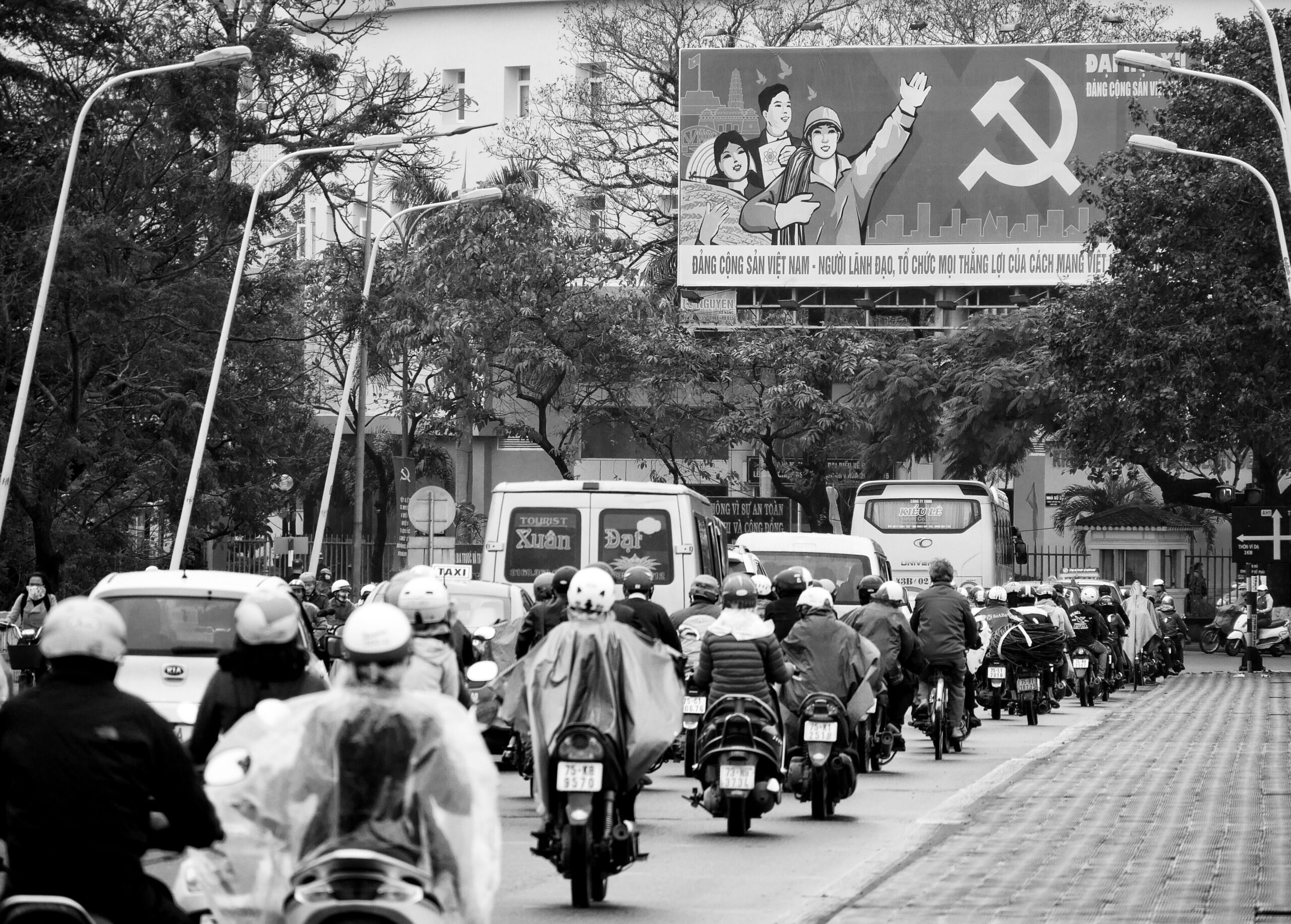The Vietnam War was a lengthy, expensive, and controversial battle that pitted North Vietnam’s communist regime against South Vietnam and its closest ally, the US. The then unceasing Cold War between the United States and the Soviet Union exacerbated the issue. More than 3 million people died in the Vietnam War, with Vietnamese civilians accounting for more than half of that slain. Even after President Richard Nixon commanded the evacuation of US forces in 1973, resistance to the war in the United States remained intense. The United States and North Vietnam signed a formal peace accord in January 1973, putting an end to open warfare between the two countries. However, the battle between North and South Vietnam raged on until April 30, 1975, when DRV forces took Saigon and renamed it Ho Chi Minh City.
More than 20 years of violent fighting had left its mark on Vietnam’s population: an estimated 2 million Vietnamese were murdered, 3 million were injured, and another 12 million became refugees as a result of the war. The country’s infrastructure and economy had been torn apart by war, and rehabilitation was gradual. Vietnam was consolidated in 1976 as the Socialist Republic of Vietnam, but there was occasional unrest over the next 15 years, including clashes with China and Cambodia. The economy began to grow when a wide free-market policy was implemented in 1986, aided by oil export profits and an injection of international capital. In the 1990s, trade and diplomatic contacts between Vietnam and the United States were reestablished.
The South Vietnamese landscape was lush and verdant before the Vietnam War. Rice paddies were tended by farmers in fertile river valleys. The neighbouring hills were densely forested with trees and flora. But when American forces arrived in 1965, they discovered that the forests offered ample hiding sites for the Viet Cong, a communist guerilla group. They also noted that the Viet Cong might get food and supplies from the rice paddies and rural areas.
For several years, the US forces attacked the South Vietnamese countryside with warplanes and heavy weaponry to eradicate these sources of enemy assistance. In South Vietnam, a combination of bombings and chemical warfare destroyed about half of the crops. Prior to the war, the country was one of the largest global rice exporters. However, due to crop damage during the war, South Vietnam was forced to import one million tonnes of rice per year. The majority of this rice was imported from the United States. Despite the aid from the United States, famine and starvation remained frequent among rural residents.
The bombing and defoliation of the South Vietnamese countryside had a devastating impact on the people who lived there. Certain U.s. military officers thought it was a good idea to destroy rural communities and concentrate South Vietnamese people near cities. A vast proportion of South Vietnamese villagers migrated to the city as a result of combat between the Americans and the Viet Cong, as well as the continual danger of bombardment. Villages were demolished, separating families and obliterating the family dynamics that were so vital in Vietnamese culture.
For the United States too, the Vietnam War had far-reaching implications. As a result, Congress replaced the military draught with an all-volunteer force, and the country’s voting age was lowered to 18 years old. It also prompted Congress to pass the War Powers Act, which limits a president’s power to commit American forces into action without first obtaining congressional consent. The Vietnam War wreaked havoc on the American economy. President Johnson, reluctant to increase taxes to pay for the war, also set off a spiral of hyperinflation.
The dispute also harmed US military morale and, for a while, questioned the country’s allegiance to internationalism. The public believed the Pentagon had exaggerated enemy death tolls to hide the truth that the country was in a military standoff. The United States was reluctant of getting engaged anywhere else in the world during the 1970s and 1980s for fear of yet another Vietnam. The public’s distaste towards losses has resulted in rigorous limits for the deployment of forces overseas and a heavy dependence on air power to portray American military dominance since then.
Moreover, the war hindered liberal reform and made many Americans distrustful of the government. President Johnson’s Great Society plans competed for limited resources with the war, and as a result, constituencies that could have backed liberal social policies turned against him. Americans, particularly the baby boomer generation, were increasingly sceptical and wary of government and authority as a consequence of the war.
The psychological repercussions were far more profound. The war had shattered the American illusion of supremacy and profoundly split the country. Many war veterans faced hostility from both opponents and supporters of the war, as well as physical harm from exposure to the deadly pesticide Agent Orange, which had been deployed by US planes in the lush forests of Vietnam in millions of gallons. The impacts of the Vietnam War were many and far-reaching. Both the countries suffered decades worth of loss and tragedy and ultimately no real gain.

